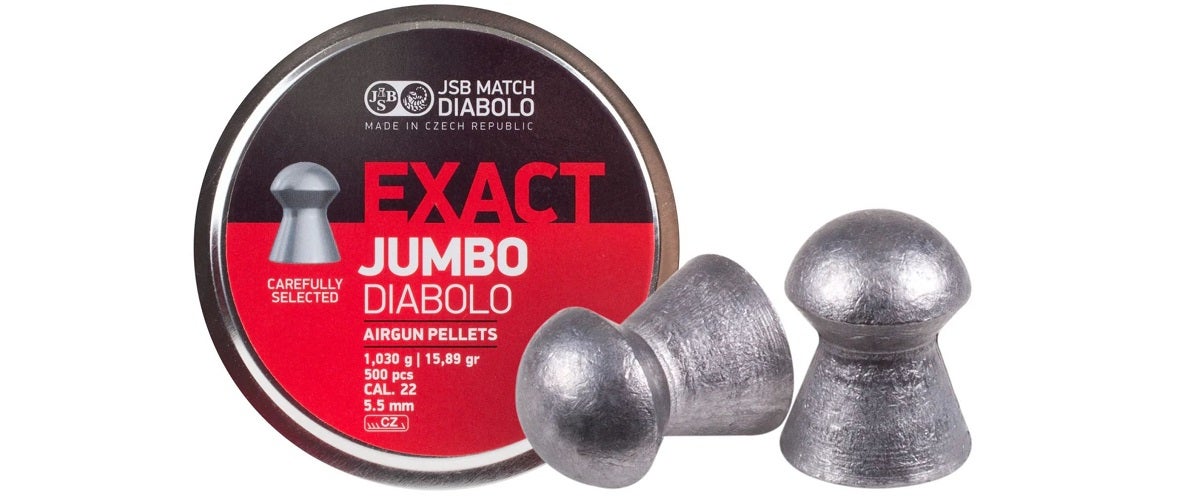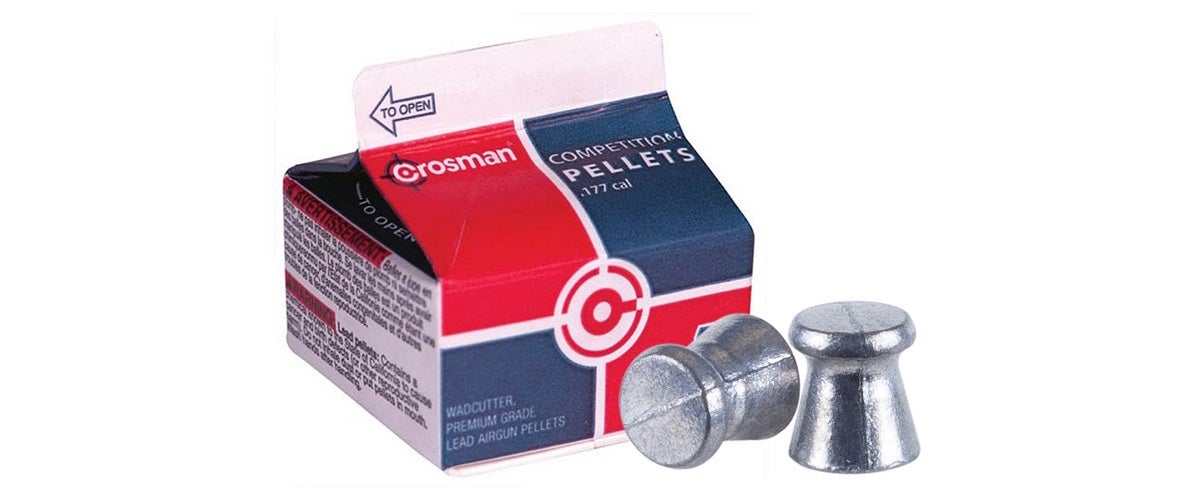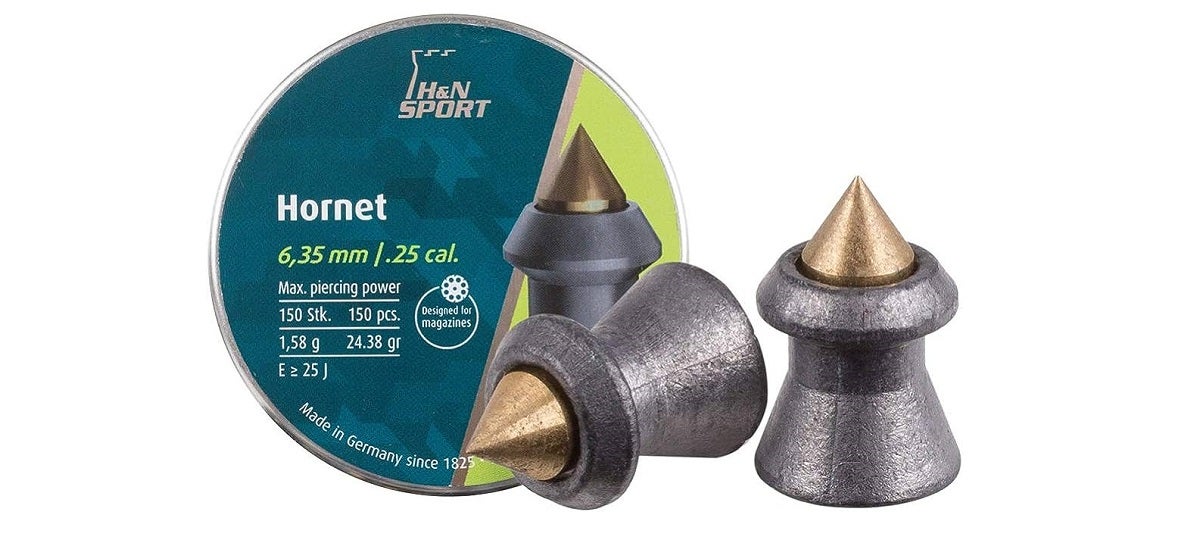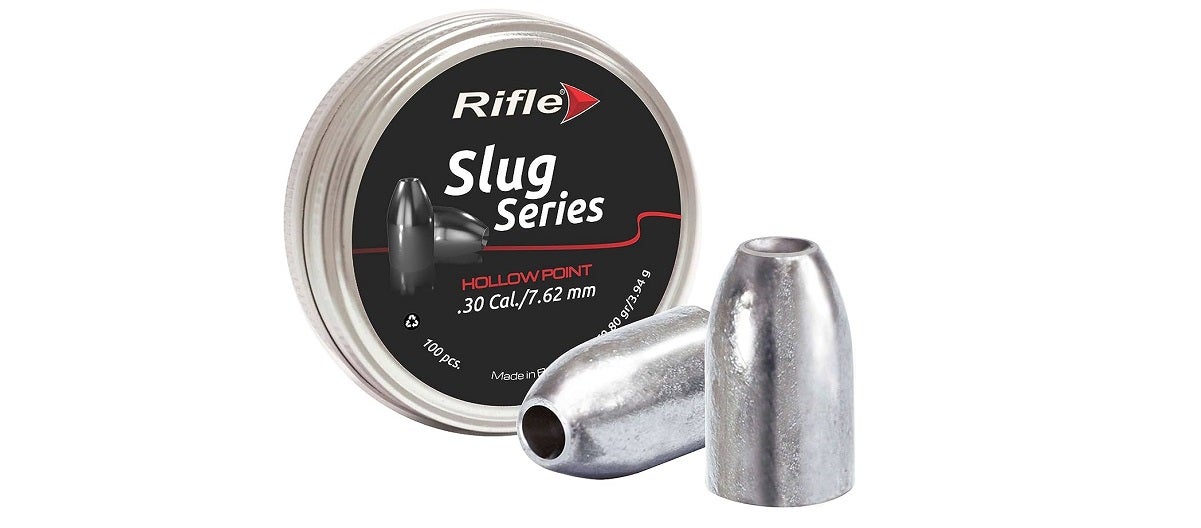The Guide to Air Rifle Pellets – Which To Use, Shoot, and Why?
Travis Olander 09.12.23
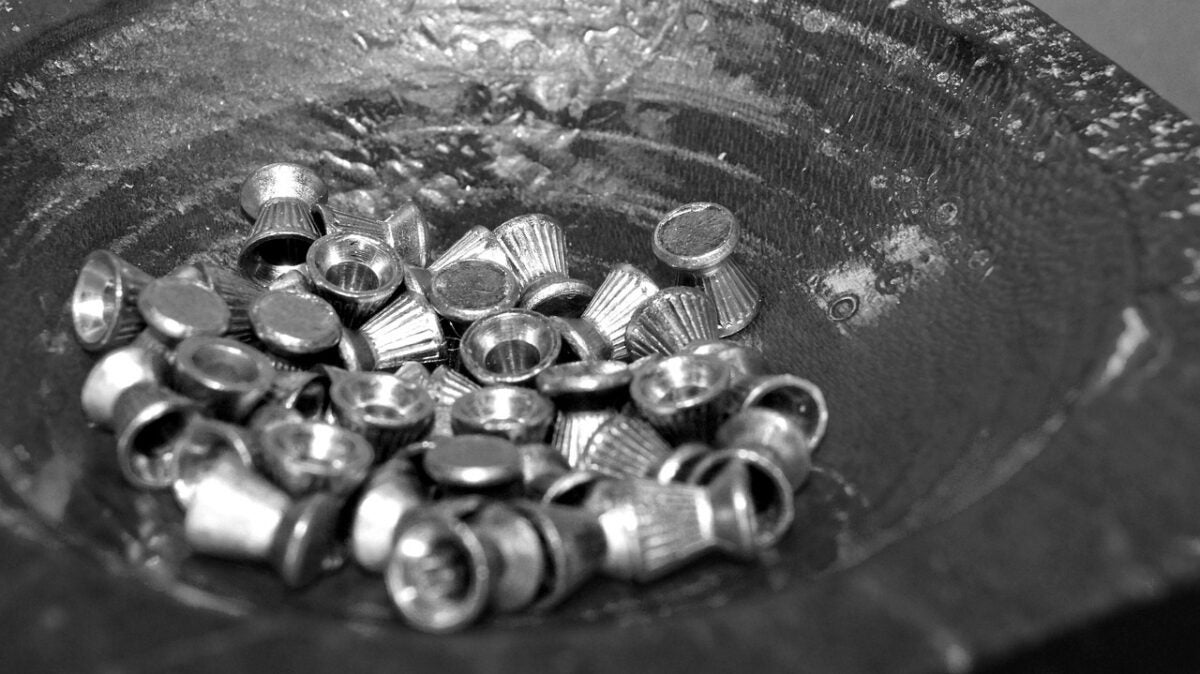
You wouldn’t use frangible ammo for long-range shooting. You probably prefer subsonic JHPs (Jacketed Hollow-Points) over supersonic FMJs (Full-Metal Jacket) for home defense, too. Like firearm ammo, air rifle pellets come in all sorts of calibers (which we covered in detail here), shapes, and types. Today, we will share with you the reasoning behind selecting certain types of air rifle pellets and which might be best for you.
Air Rifle Coverage on AllOutdoor
- Beginner’s Guide to Air Rifle Calibers – Size, Efficacy, and Use in the Field
- AO Review: The Best Air Rifles For The Money ($$$) in 2023
- A Beginner’s Guide to Air Rifles – Types, Velocities, and Hunting Capability
- The New Benjamin Armada Semi-Automatic PCP Air Rifle
If you read our guide to the top airguns by category in 2023, you already know how versatile these pneumatic lead slingers can be – some are great for hunting, others are suited for target shooting and competition, and some can even function dutifully as personal defense weapons. But you need to use the right pellets.
Air Rifle Pellets: Lead vs. Alloy
When it comes to accuracy and power, material is as important as the caliber and shape of the round you’re firing from your air rifle. It is a misconception that one type of pellet (lead or alloy) is universally better than the other – they merely serve different purposes, and excel at particular tasks.
Lead: For Power and Short-Range Accuracy
Lead pellets are denser and heavier than alloy pellets. That means they yield higher ballistic coefficients, resisting wind and retaining more energy at greater distances. Because they’re heavier, lead pellets have overall shorter flight paths – a typical high-velocity PCP airgun can achieve good accuracy with lead at 50 to 75 yards.
Because of this, lead pellets are best suited for hunting and backyard practice. If you’re starting out with a “beginner airgun,” chances are you’re running a piston gun of some kind. Light pellets can damage a piston gun, as they don’t provide enough back pressure to prevent the piston from slamming into the chamber. For this reason, lead pellets are recommended when you’re plinking with a piston air rifle.
Alloy: For Velocity and Long-Distance Shooting
Alloy pellets are comparatively lighter than their lead counterparts. These pellets are also harder, and resist deformation better. These characteristics allow alloy pellets to obtain higher velocities with more consistent shot placement.
The result is a round typically capable of providing more accuracy at greater distances – up to 100 yards, or even beyond with the highest velocities and largest calibers available in PCP airguns.
(10 Grains is Needed for Supersonic)
To obtain reliable supersonic performance with your air rifle – about 1,125 FPS at the muzzle – you’ll need to fire pellets that weight at least 10 grains. It’s recommended you stick with lead pellets, too. Alloy pellets in supersonic flight are often too light, and lack the mass to maintain stability downrange. Alloy pellets fired at such high velocities also tend to wear down barrels quicker. Aluminum and other metals are, after all, harder than lead.
Types of Air Rifle Pellets
If you’re getting into air rifles, you’ve probably seen some wild lookin’ pellets: Cones, flat tops, hollow points, jacketed slugs, pellets that look like they fit a Philips screwdriver. Air rifle ammo can be wonky. Let’s look at the common, useful types of pellets – we’ll also look at what to avoid.
The Diabolo / Domed Pellet
Also called a “wasp” or “dome,” the Diabolo pellet is arguably the most common and popular air rifle round. They’re also favored by professionals who compete in Field Target (FT) and Hunter Field Target (HFT) matches. The Diabolo’s broad, round head lands with plenty of punch, while affording good ballistic coefficients.
Inversely, the Diabolo’s narrow waist and hollow tail reduce weight and friction, maximizing velocity and providing flatter trajectories downrange than other, larger, solid pellets. There are notable variants of the Diabolo pellet: Some sport flatter, broader heads that increase impact energy for taking light game, while others have pointed heads to improve wind resistance.
Wadcutters / Flat Head Pellets
Flat head or “wadcutter” pellets are typically used for target shooting at distances under 25 meters. Although they lack long-distance performance, these rounds yield consistent groupings and they punch clean holes in paper targets. Wadcutters can be used for varmint control, but shots should be taken at close range – 15 to 20 meters is best to guarantee good accuracy.
Pointed Pellets
Pointed pellets are favored for small game. These rounds are made as single pieces of lead, or as two-piece projectiles wherein a lead, hollow-point base is capped with an alloy tip. As the alloy tip penetrates the target, the softer lead shears and expands, increasing its wounding ability. With the right air gun, pointed pellets afford good accuracy and range – up to 50 to 75 meters with a high-PSI (3,000+) PCP rifle. These rounds are great for punching through thick skin on small game. Large calibers in this configuration are ideal for killing hogs.
Hollow Point Pellets
These heavy hitters are designed exclusively for hunting. Hollow point pellets are made as slugs, for extra stopping power, or waisted, for accuracy at longer distances. Either way, hollow point pellets maximize wounding for small game and reduce the risk of over-penetration.
Air Rifle Rounds to Avoid
Not all air rifle pellets are inherently “good.” Some are gimmicky, while others are downright detrimental to performance — some can damage your air gun, and others leave behind a mess.
Sabot Pellets
Sabot rounds fall under the “gimmick” category, and should be avoided. These two-part pellets are little more than a pointed lead or alloy core housed in a polymer casing. Upon exiting the barrel, the casing separates from the pellet in flight.
Sabot rounds serve a real purpose for actual firearms, but they do nothing to provide a practical advantage in accuracy, power, or distance in the typical air gun. Some oldheads from the pump gun days will wax poetic that sabot pellets do enhance velocity and accuracy — but in today’s air gun game, it’s the caliber, shape of the pellet, and the rifle shooting it that makes the difference. Sabot casings can gum up your chamber and barrel over time, and they leave a mess behind when sent downrange.
Steel Pellets
They’re hard to find, but they exist – and you should avoid them all the same: Steel air rifle pellets can quickly wear out your barrel, and they provide no advantage over lead. They’ll over-penetrate small game, and they provide no advantage in target shooting.
Ready to buy your first air rifle? Check out our review of the top air guns in 2023.
